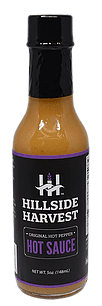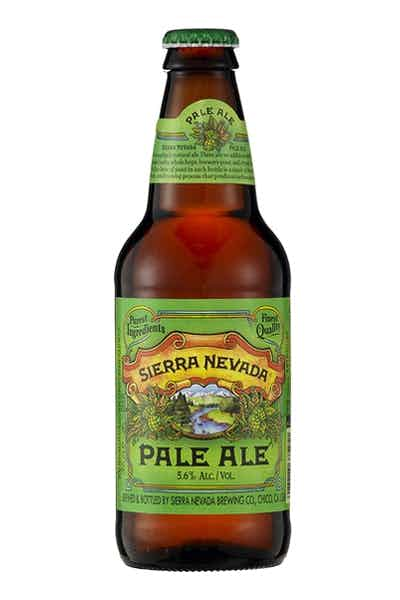The Summer Fancy Food Show in New York was filled with brands exploring their “roots” within their products. Brands were finding ways to tap into the cultural and cuisine heritage of their founders but with a twist, such as incorporating local ingredients. The combination of traditional flavors with modern ingredients as the future of fusion foods could shift what “authentic” means.
New products combine heritage with here-and-now

Gourmet sauce brand Hillside Harvest uses the “hill” to refer to both the Red Hills of Jamaica, where founder Kamaal Jarrett was born, and the Great Blue Hill mountain range near his Boston home. His hot sauces are Jamaican-inspired but feature ingredients from the US.
These new fusion foods shift the meaning of authentic from a strict adherence to tradition to one that leaves room for personal interpretation and storytelling.
Personal stories shift the definition of “authentic”
There is a long-held notion that for a dish or product to be authentic it must be created or sourced the way it always has been. Certifications such as Italy’s Denominazione di Origine Protetta (DOP, or “Protected Designation of Origin”) protects regional foods like Parmesan cheese from imitators while giving consumers confidence in quality and safety.
This definition of authenticity does not account for what happens to a country’s (or region’s) culinary traditions as people move around and adapt those flavors and ingredients to their “here and now.” Recently, food entrepreneurs have introduced retail foods – often sauces – that reflect their unique culinary perspective. These so-called “assimilation” products draw on the traditional foods of a country or a region but add an element that is specific to the individual creator, such as combining a family recipe with local ingredients to create a product that is its own kind of authentic.
The availability of new “authentic” products will challenge food brands that currently rely on “traditional” as their primary selling point. However, these new sauces can also benefit the entire category as consumers increase their usage of sauces overall and add in new products.
Throwing out tradition to create new genres

For example, Sierra Nevada added US-grown Cascade hops to its pale ale to create very hop-forward beers which became a hallmark of the craft beer movement. At the time, these beers may have been seen as inauthentic, but they changed how consumers looked at the beer category and what qualified as an authentic style. Similarly, “assimilation” sauces are helping consumers see authenticity with new eyes and recognize that fusion foods can be authentic in their own way.
New varieties can help the sauce category
Gen Zs and Millennials are more likely than older generations to consider themselves foodies, making them an ideal target for sauces that focus on exciting new flavors, according to Mintel research on international food trends. However, that does not mean that these products would only appeal to young consumers. Nearly all US adults report buying condiments, and they tend to purchase multiple sauces at once.
According to research from Mintel Purchase Intelligence, consumers who reviewed new table sauce introductions from January 2017 to July 2019 were more likely to say they would buy a new sauce as an additional purchase versus a replacement purchase. This means that having new options on the shelf can benefit the category as a whole.
What we think
A new batch of entrepreneurs is reinterpreting the foods of their heritage to create new sauces with new ingredients and flavors and highly personal stories. In the future, authenticity will be defined by creator stories as much as – if not more than – process and tradition. Sauces that strictly adhere to the traditional way of creating authenticity might feel old-fashioned and not as compelling or relevant as they used to be. Established brands will need to up their storytelling game to make sure they remain relevant within this increasing fluid ideology.
Follow Melanie on Instagram, where she spotlights innovative food products and menu items across her travels!








































